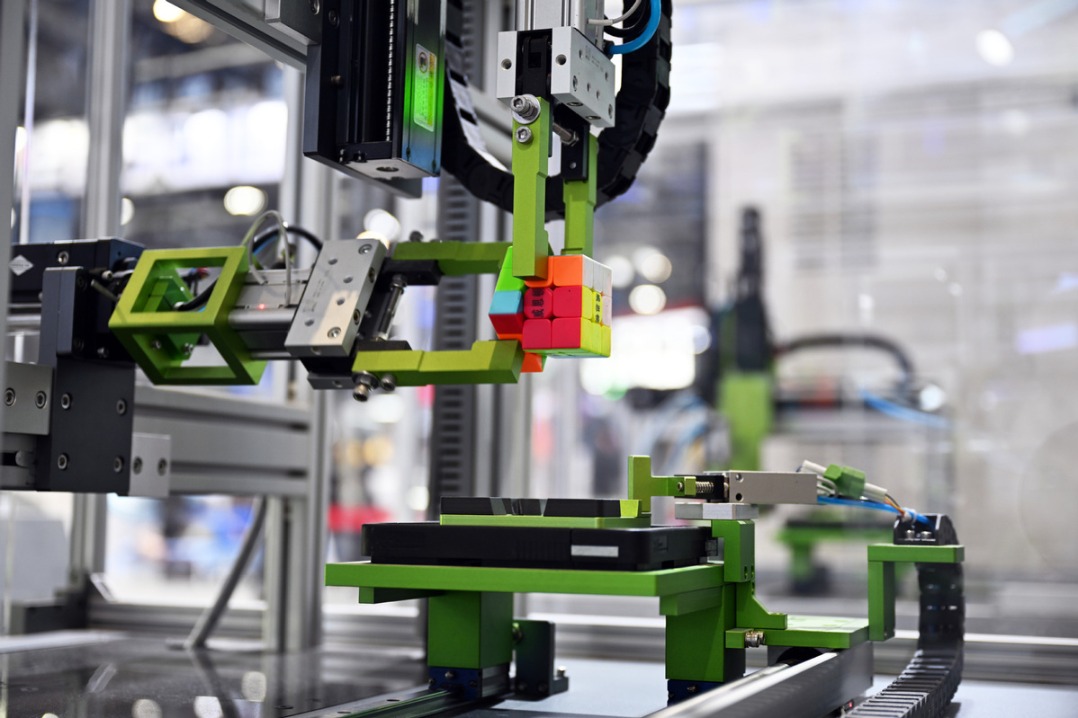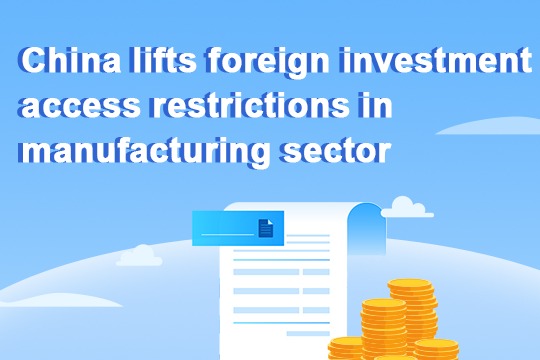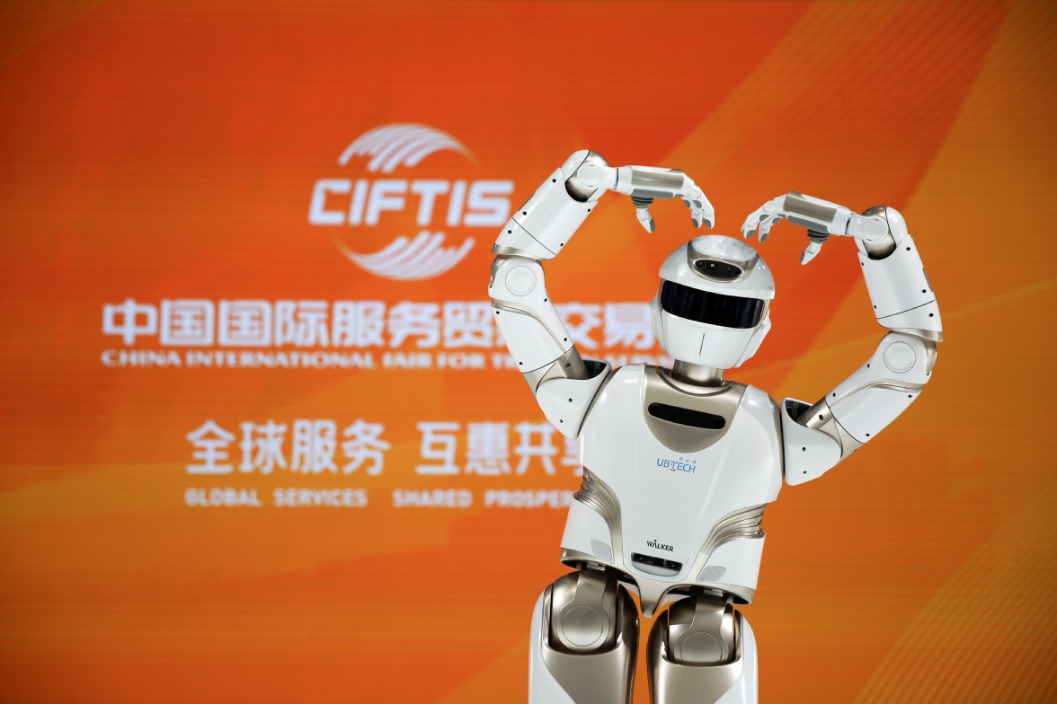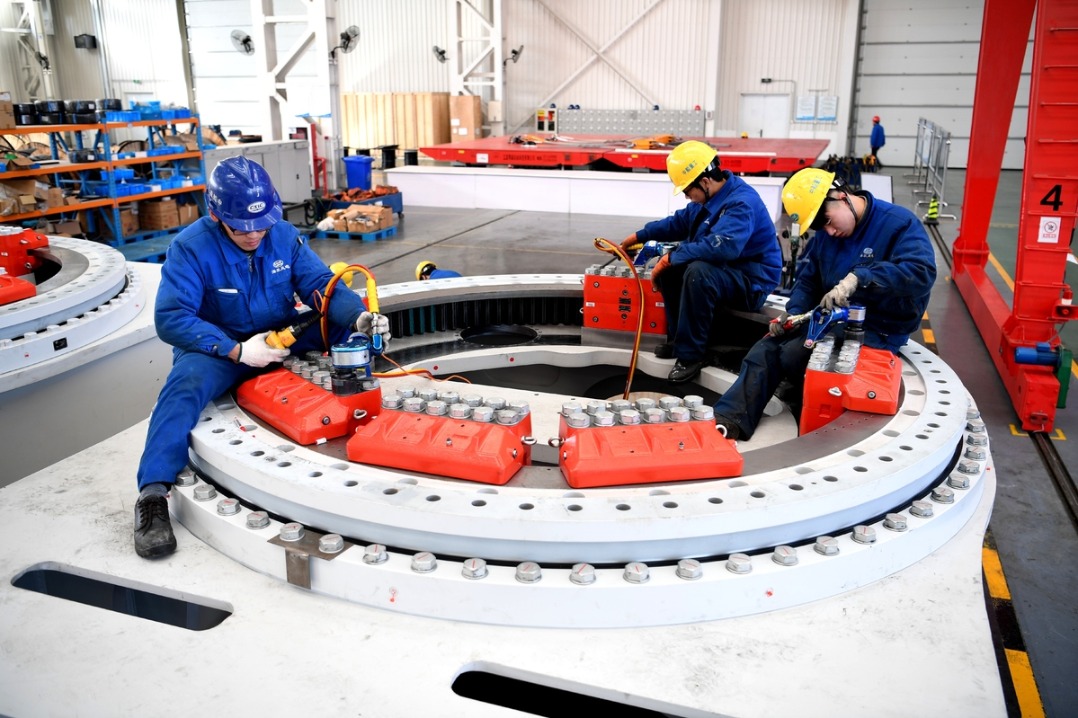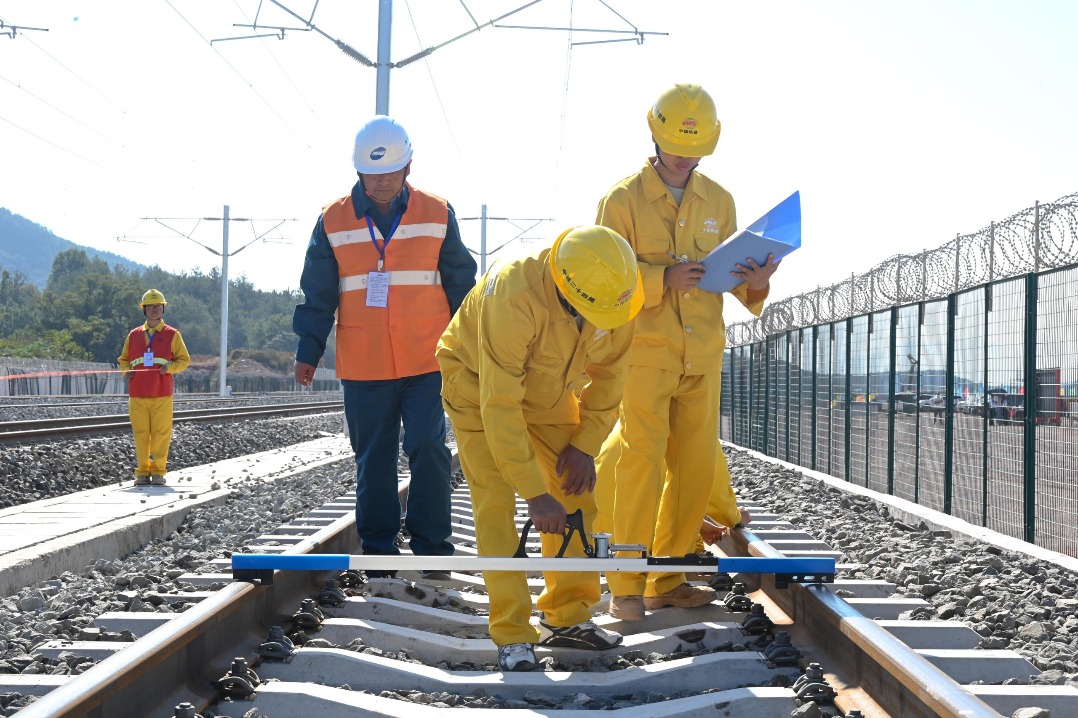Experts say innovation helps stabilize economy

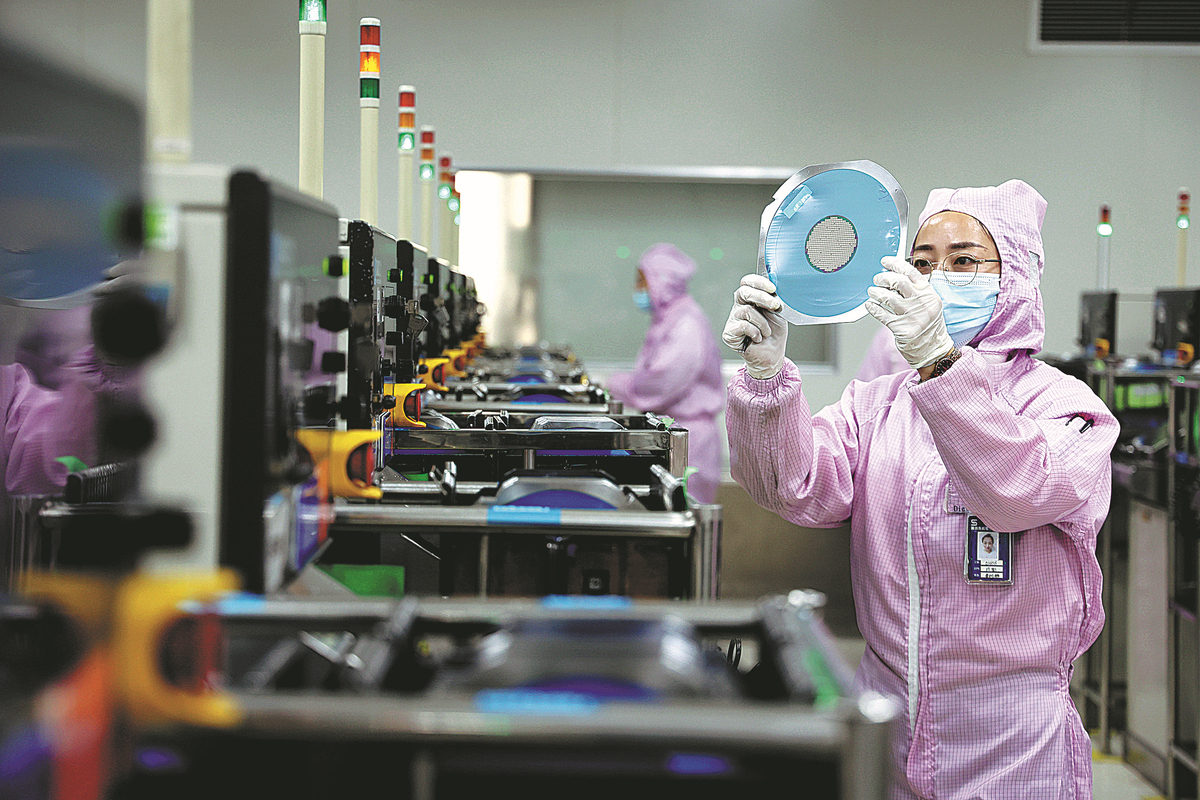
Discourse underlines high-quality development, manufacturing, SMEs
China is committed to pursuing innovation-driven growth and accelerating its industrial upgrade this year amid multiple pressures and uncertainties, as high-quality development will remain a key to China's future, officials and experts said on Friday.
They also noted improving the quality and effectiveness of development is the key to growth during the 14th Five-Year Plan period (2021-25). Enhanced innovation and rapid industrial upgrade will help deal with the current downward pressures and inject new impetus into the economy this year.
They said they expect meaningful measures and front-loaded policy support to stabilize the overall economy. Focus should be on easing the pressures and supporting the development of small and medium-sized enterprises, they said.
The 2022 Government Work Report called for more efforts to promote innovation-driven growth this year, with thrust on promoting scientific and technological innovation as well as industrial upgrade.
Lin Nianxiu, deputy head of the National Development and Reform Commission, highlighted the importance of safeguarding the security and stability of industrial and supply chains. The government, he said, will continue to strengthen the weak links in key fields essential for important national and public interests, promote the transformation and upgrade of traditional industries and cultivate emerging industrial chains.
More efforts will also be made to deal with the chip shortage in the automobile industry and other manufacturing segments, Lin said at a news conference this week in Beijing.
"Technological innovation is the key to improving total factor productivity and promoting sustainable, steady and high-quality economic growth," said Yang Jinghao, chief economist at Concat Data Technology (Hangzhou) Co Ltd.
Yang also said such an approach will help China to cope with current economic challenges like the threefold pressure exerted by shrinking demand, supply shocks and weakening expectations. The manufacturing sector will benefit the most from the strategy, he said.
"The central government has noticed that manufacturing is the 'ballast stone' stabilizing the economic growth," Yang said. "It's expected that the government will focus on boosting the development of electronic information, sectors related to carbon peaking and neutrality work and high-end equipment manufacturing, including integrated circuits, artificial intelligence, new energy, new energy vehicles and new materials."
According to the work report, China will boost the core competitiveness of manufacturing, ensure adequate and timely supply of raw materials and key spare parts, nurture specialized and sophisticated enterprises that produce new and unique products, and encourage financial institutions to increase medium- and long-term lending to the manufacturing sector.
Zheng Lei, chief economist at Glory Sun Financial Group, said such a course of measures will support the recovery of industries and enterprises amid the COVID-19 pandemic.
Citing the report, Zheng noted the government is intent on supporting the development of new energy vehicles, green and smart home appliances. It will also spur the digital economy in fields like smart cities and digital rural construction, which will promote "new infrastructure" and drive the application of digital technologies like big data, artificial intelligence and cloud computing.
Agreed Yang Haiping, a researcher at the Securities and Futures Research Institute of the Central University of Finance and Economics. Yang said more efforts should also be made to strengthen the industrial and supply chains and drive the application of emerging technologies like the industrial internet.
Zhou Maohua, an analyst at China Everbright Bank, spoke highly of the moves mapped out by the work report, saying they will help strengthen the weak links.
Zhou said China is slowly closing the innovation gap with developed countries, and it needs to make a big push to increase the investment in innovation in basic R&D, improve the innovation incentive mechanism and boost technological innovation.




















